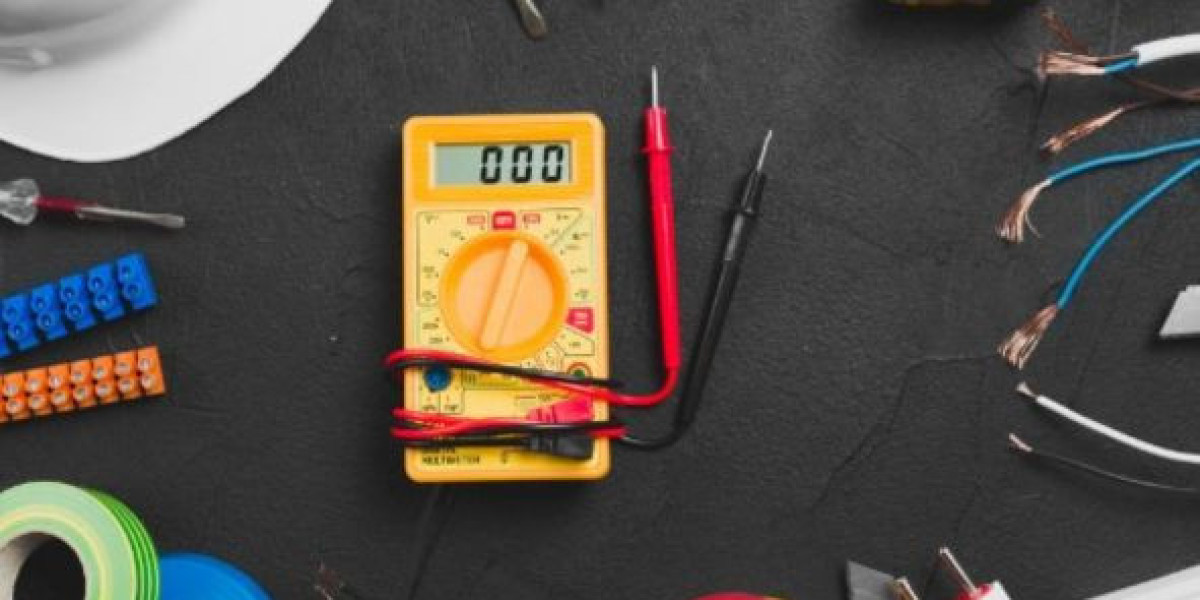Regular flowmeter calibration is essential for ensuring accurate measurements and smooth operations across various industries, from food production to pharmaceuticals and water treatment. Without consistent calibration, even the best flowmeters can deliver inaccurate readings, leading to inefficiencies and compliance issues. So, how often should you calibrate a flowmeter to maintain accuracy and reliability? Let's break down what you need to know about flowmeter calibration and the factors that determine the ideal schedule.
Why Flowmeter Calibration Is Crucial
Calibrating your flowmeter ensures that its measurements remain accurate and align with operational standards. When flowmeters drift out of accuracy, it can impact quality, safety, and regulatory compliance, especially in industries requiring precise control. Choosing professional calibration services can prevent these issues, as regular calibration allows adjustments and reduces the risk of faulty readings.
Key Factors That Influence Calibration Frequency
The recommended frequency for flowmeter calibration depends on several factors. Here are some of the primary considerations:
1. Type of Flowmeter
Different flowmeters have unique mechanisms and components, impacting how often they need calibration. For example:
Turbine Flowmeters: Typically need calibration more frequently due to moving parts that wear over time.
Coriolis and Electromagnetic Flowmeters: Often require less frequent calibration due to their stable construction and fewer moving components.
2. Operating Conditions
Flowmeters used in harsh environments, such as high temperatures or pressures, will likely require more frequent calibration. Factors like:
High flow rates
Corrosive fluids
Extreme temperatures
These elements can cause drift in accuracy, making regular calibration necessary.
3. Industry Requirements
Some industries have strict regulations regarding measurement accuracy. In sectors like pharmaceuticals, oil and gas, and food processing, standards often specify calibration frequency to ensure compliance with safety and quality standards.
4. Manufacturer Recommendations
Manufacturers typically provide guidelines on how often to calibrate their devices. These recommendations consider the design, material, and expected lifespan of the flowmeter. It's a good idea to follow these guidelines as a starting point and adjust as needed based on performance.
Recommended Calibration Intervals
While the ideal calibration interval can vary widely, here’s a general overview of typical calibration frequencies:
Monthly to Quarterly: For flowmeters used in critical applications or exposed to extreme conditions.
Biannual to Annual: A common calibration frequency for most industrial applications where accuracy is crucial but conditions are stable.
Every Two Years: For less demanding applications where minor inaccuracies won't significantly impact operations.
Signs Your Flowmeter Needs Immediate Calibration
In some cases, flowmeters might need calibration before their scheduled intervals. Watch for these signs that might indicate it’s time to recalibrate:
Irregular Readings: Sudden changes in flow readings without changes in process conditions.
Environmental Changes: Any significant alteration in operating conditions.
Post-Repair or Maintenance: After significant repairs or component replacement, recalibration helps restore accuracy.
Choosing the Right Calibration Services
Choosing reliable calibration services is essential to maintaining the accuracy and reliability of your flowmeters. Here are some tips for selecting a trusted provider:
Accredited Services: Look for providers with proper certifications and experience in your specific industry requirements.
Detailed Reports: Choose a service that provides a comprehensive report after calibration, including any adjustments made.
On-Site or Off-Site Options: Depending on your operations, you might prefer a provider that offers flexible options, including on-site calibration for minimal disruption.
Benefits of Consistent Flowmeter Calibration
Regular calibration offers numerous advantages that help ensure your operations run smoothly. These include:
Enhanced Accuracy and Efficiency: Reduces measurement errors and optimizes resource usage.
Regulatory Compliance: Many industries require documented calibration to meet standards.
Cost Savings: Prevents unexpected maintenance issues and avoids waste or quality control problems.
Conclusion
Establishing the right schedule for flowmeter calibration helps you avoid disruptions, maintain product quality, and meet industry standards. By assessing factors like the type of flowmeter, operating conditions, and industry requirements, you can determine a calibration routine that best fits your needs. Partnering with a trusted calibration service provider ensures you receive professional, accurate, and timely calibration for continued operational success.








